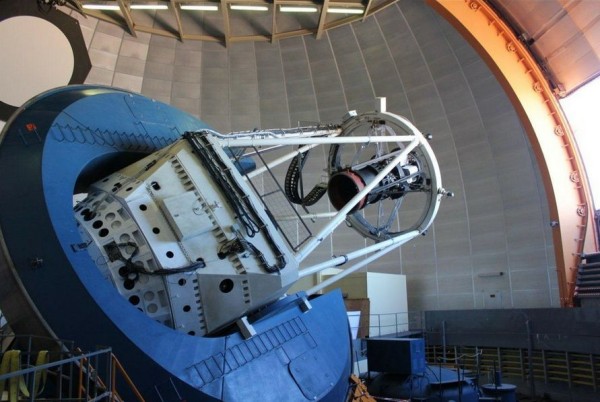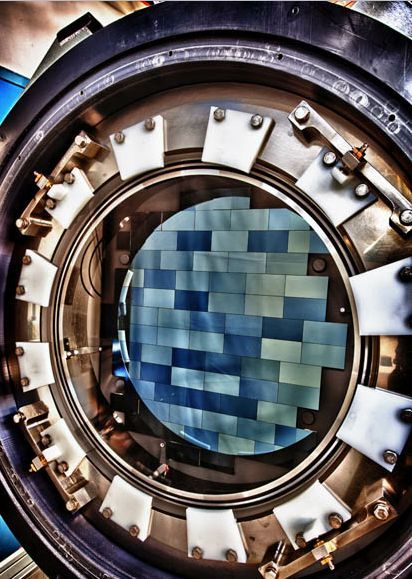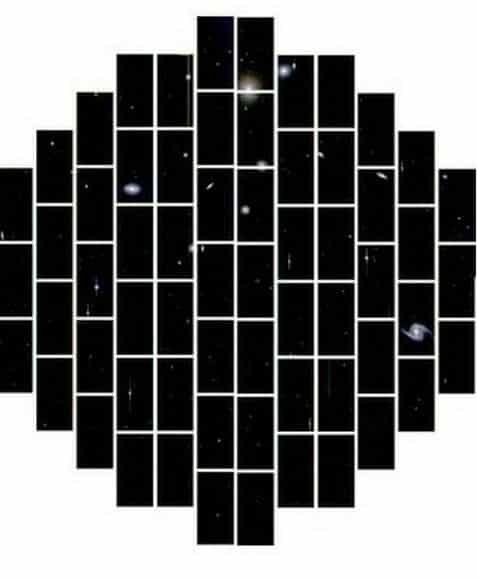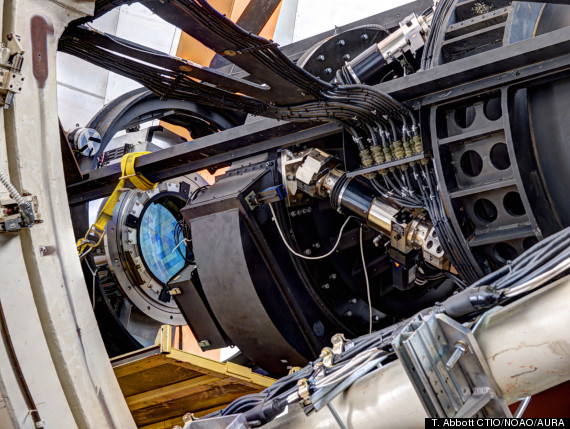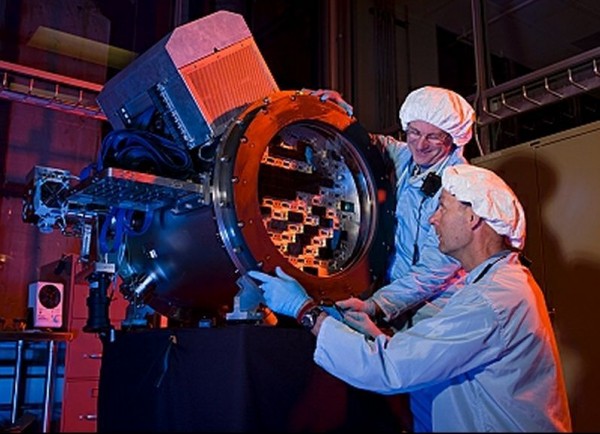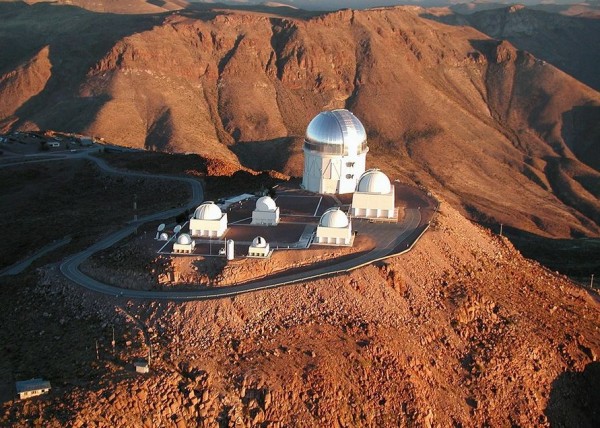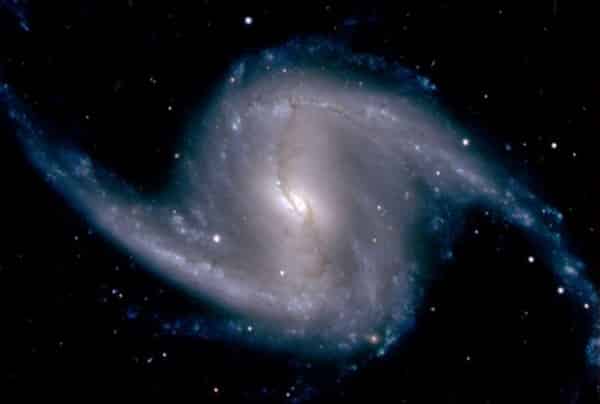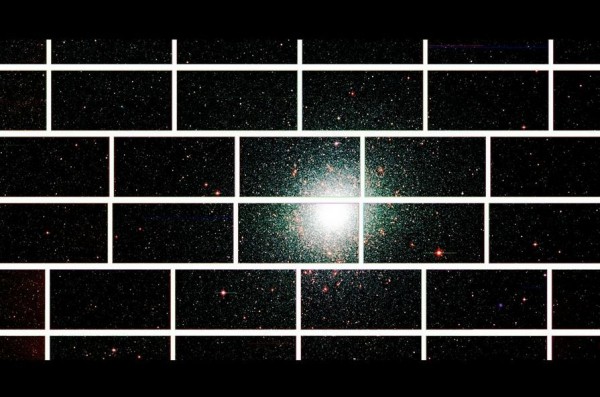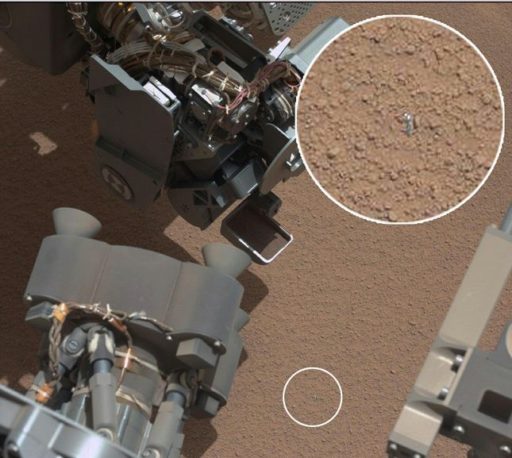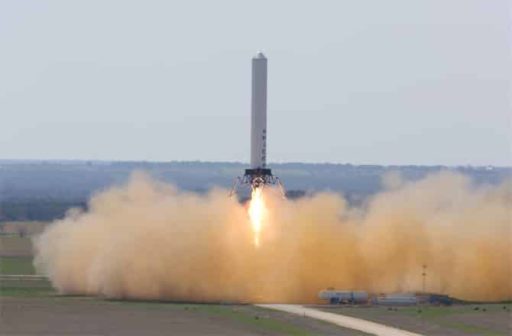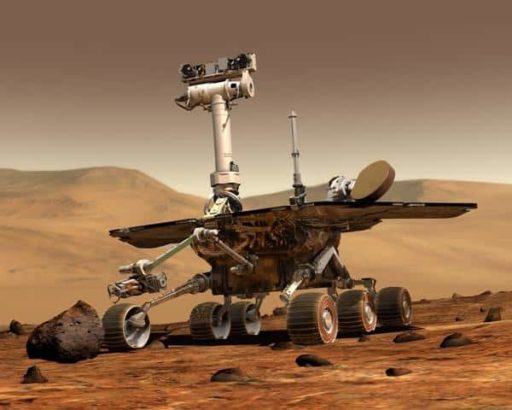The name of the world’s most powerful digital camera is Dark Energy Camera. It’s been placed on a mountaintop in Chile. This is not an ordinary camera; rather it’s a US-sponsored space camera. Dark Energy Camera can shoot 570-megapixel photographs. For the first time, this super powerful camera snapped pictures of southern sky on September 12. The snapped pictures are really amazing. Want to see?
The size of the Dark Energy Camera (DECam) is like a phone booth. It costs $50 million. The camera has a 4-meter telescope and a 13 feet light-gathering mirror.
The camera has also 62 separate CCD (Charge Coupled Device) sensors.
The DECam can shoot 570-megapixel photographs. In fact, the camera has been designed to scan the sky deep into space, into the history of our universe.
120 scientists from 23 international organizations spent 8 long years at the US Department of Energy’s (DOE) Fermi National Accelerator Laboratory in Batavia, Illinois to plan and build the world’s most powerful digital camera.
This camera is mounted on the Victor M. Blanco Telescope at the Cerro Tololo Inter-American Observatory in Northern Chile.
On September 12, for the first time after its built the DECam snapped 2 photos. The DECam was able to see light from over 100 thousand galaxies that were up to 8 billion light-years away from earth. The first image that the camera took was of a spiral galaxy called NGC 1365 in the Fornax cluster, which is about 60 million light years (352 quintillion miles) away from Earth.
The second image that the DECam took was the center of the globular star cluster 47 Tucanae, which lies about 17,000 light-years from Earth (about 99.7 quadrillion miles).
James Siegrist, from the US department of energy, one of the teams working on the camera said, “The achievement of first light through the Dark Energy Camera begins a significant new era in our exploration of the cosmic frontier. The results of this survey will bring us closer to understanding the mystery of dark energy, and what it means for the universe.”
Chris Smith, director of the Cerro-Tololo Inter-American Observatory said,”We’re very excited to bring the Dark Energy Camera online and make it available for the astronomical community through NOAO’s (National Optical Astronomy Observatory) open access telescope allocation. With it, we provide astronomers from all over the world a powerful new tool to explore the outstanding questions of our time, perhaps the most pressing of which is the nature of dark energy.”
The camera will make a survey for 5 years called Dark Energy Survey, the largest galaxy survey ever undertaken in earth, which is expected to begin in December, after the camera is fully tested. Over five years, the survey will create detailed colour images of one-eighth of the sky, discover and measure 300 million galaxies, 100,000 galaxy clusters and 4,000 supernovae. The Dark Energy Survey is supported by funding from the U.S. Department of Energy (DOE); the National Science Foundation; funding agencies in the United Kingdom, Spain, Brazil, Germany and Switzerland; and the participating DES institutions. It is hoped the camera will provide an insight into the mystery, the force astronomers believe causes the universe’s expansion to keep accelerating.
Brenna Flaugher, project manager and scientist at Fermilab said,”The Dark Energy Survey will help us understand why the expansion of the universe is accelerating, rather than slowing due to gravity. It is extremely satisfying to see the efforts of all the people involved in this project finally come together.”
You will find more images of Dark Energy Camera at space.com. For more information about the Dark Energy Survey, including the list of participating institutions, head over to the project website – The Dark Energy Survey.
Source : The Dark Energy Survey
Thanks To : Petapixel, Huffington Post
[ttjad keyword=”camera-general”]

